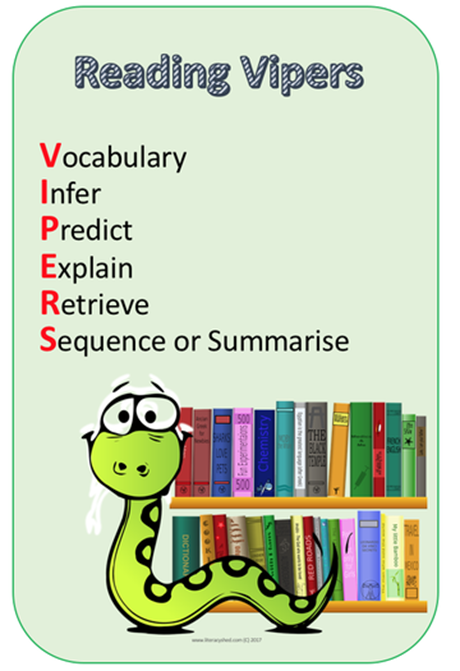Reading
Reading for Enjoyment at the Milford Academy
All children at Milford enjoy a story time every day read by their class teacher or a member of SLT. The aim of this time is to allow children to enjoy a story without stopping unpicking/analysing the content of the book and as such, the book is chosen with this in mind. Along with this, every day ERIC (Everyone Read in Class) is timetabled to take place in school to offer children the opportunity to enjoy their chosen book in school.
In EYFS, children have access to story bags which contain carefully chosen books and resources to share with a grown up at home. In KS1 and KS2, children have access to a bookshelf of carefully chosen literature from a range of genres and authors from which they can choose a book to take home to read/read in school.
Each classroom has an inviting reading corner for the children to utilise to promote a love of reading. The high quality books in our reading corners are regularly rotated during class 'book clubs'. Teachers advertise their favourite new books that have been put in. They also discuss books with known or new exciting authors to encourage the children to find a book they will enjoy. This class book talk is also where children are given the opportunity to give reccomendations to their peers.
Teachers across each cohort also order topic related texts from the ELS on a termly basis to add to the books available for the children to share and enjoy.
All children across the school have access to a library from which they can loan a book. We have two libraries at Milford: one for EYFS/KS1 and one for KS2. Both libraries are exciting spaces with a large selection of books on offer.
Early reading and comprehension
‘Early Readers’ of all ages are taught the phonics that they need (see phonics section) during daily sessions and keep up sessions. We currently follow Little Wandle Letters and Sounds Revised to teach our children phonics and apply their learning through reading practise sessions.
The systematic learning of this code is supported by carefully matched, decodable texts during the 3 reading practise sessions that are taught each week. By matching these books carefully to the sounds that the children already know and that they are currently learning, the children develop their decoding (using phonic knowledge to read a word), prosody (expression) and comprehension. In turn, children become more fluent readers. These books will then be assigned to the children’s Collins E-library where they can continue to practise their reading at home.
Those children who are ‘Early Readers’ in KS2 continue to receive phonic intervention through our Rapid Catch Up intervention program, and we continue to invest in texts that match both their reading and chronological age/interests.
Across school, reading comprehension is supported by the teaching of VIPERS which takes places at least 3 times a week, from Year 1 upwards. The VIPERS sessions, and the reading domains covered within these sessions, are closely linked to text/writing the children are learning about in their English sessions. VIPERS and reading skills are largely covered in the ‘Reading as a Reader’ phase of the English sessions. VIPERS is an anagram to aid the recall of the 6 reading domains as part of the UK’s reading curriculum. They are the key areas which we feel children need to know and understand in order to improve their comprehension of texts.
VIPERS stands for:

The Reading Vipers can be used by both KS1 and KS2 with a little adaption. The main difference being in the S.
Sequence – KS1
Summarise – KS2
In KS1, ‘Explain’; is not one of the content domains, rather it asks children why they have come to a certain conclusion, to explain their preferences, thoughts and opinions about a text. In KS2, the Explain section covers the additional content domains of 2F, 2G and 2H which are not present in KS1.
